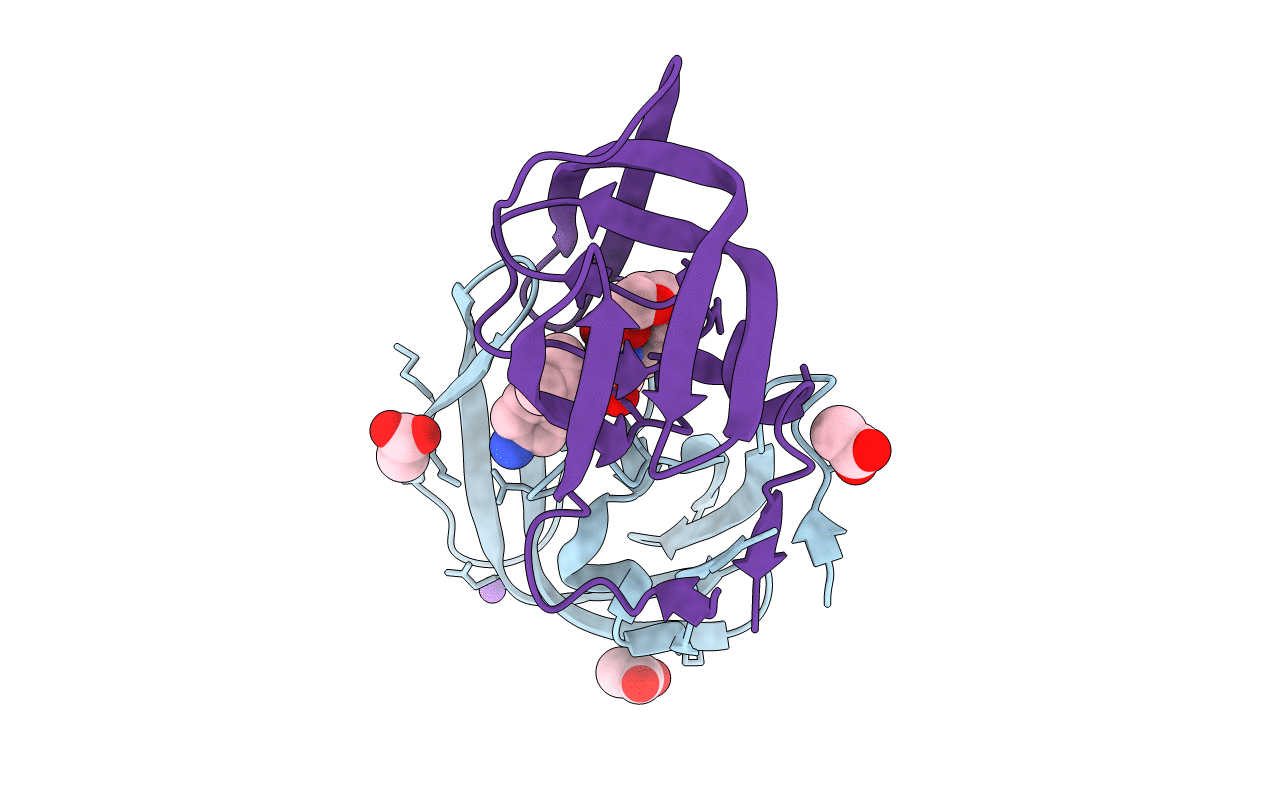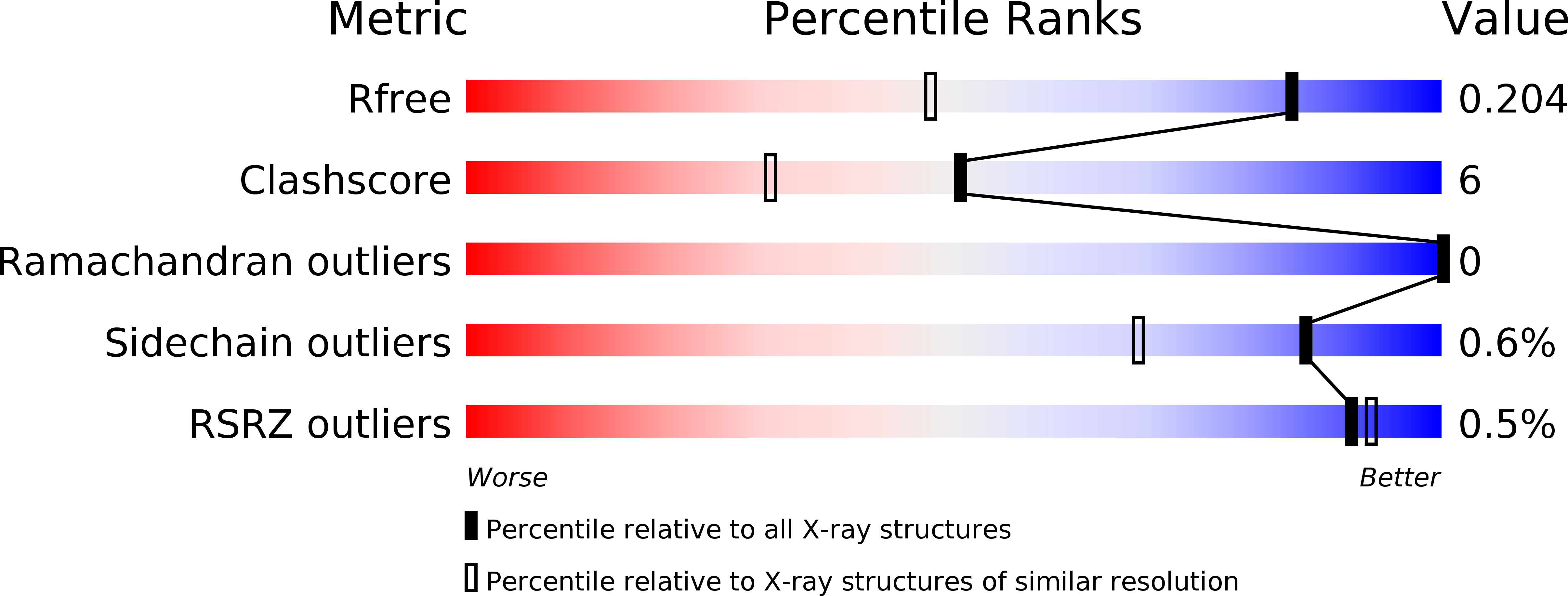
Deposition Date
2010-12-08
Release Date
2011-04-20
Last Version Date
2023-09-13
Entry Detail
PDB ID:
3PWM
Keywords:
Title:
HIV-1 Protease Mutant L76V with Darunavir
Biological Source:
Source Organism:
Human immunodeficiency virus 1 (Taxon ID: 11676)
Host Organism:
Method Details:
Experimental Method:
Resolution:
1.46 Å
R-Value Free:
0.18
R-Value Observed:
0.14
Space Group:
P 21 21 2


